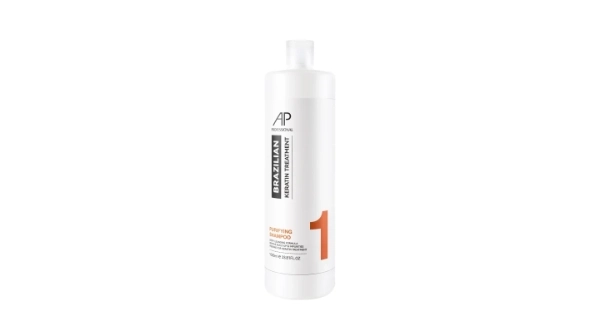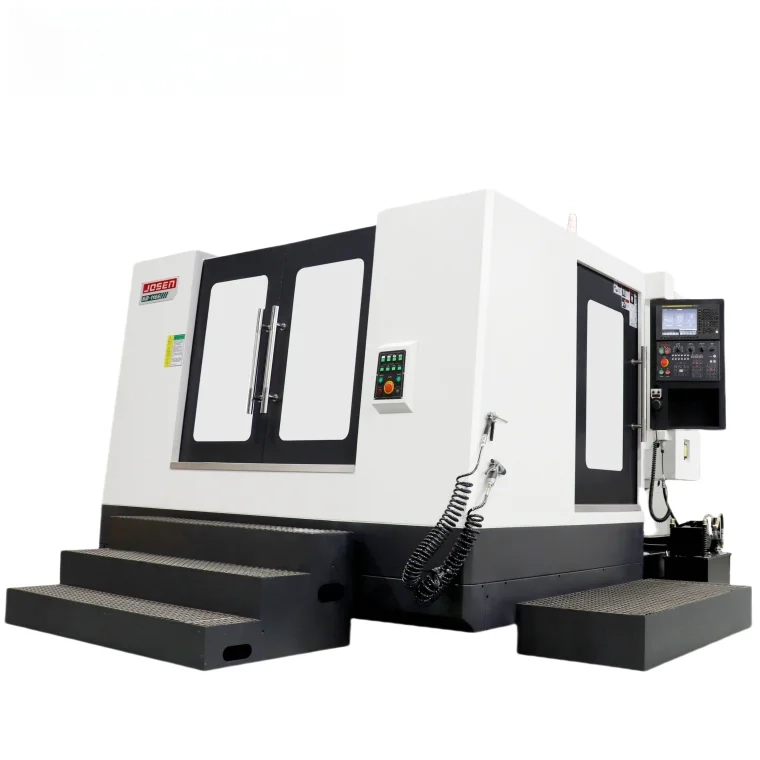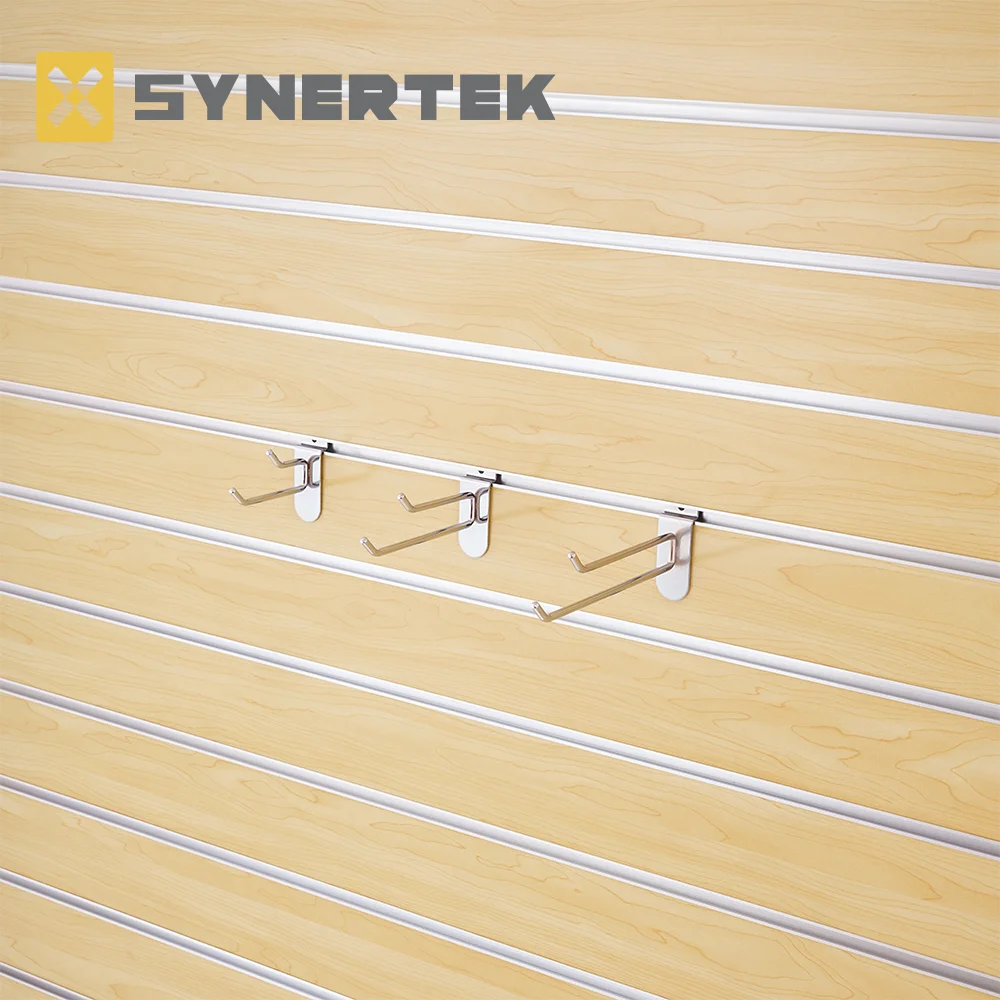When it comes to home improvement projects, few can rival the transformative power of a fresh coat of paint on the exterior of a house. However, homeowners often find themselves taken aback by the high costs associated with exterior house painting. While it may seem like a straightforward task, the price tag reflects a multitude of factors that contribute to the overall expense. In this article, we will delve into the reasons why exterior house painting can be so costly, providing insights that will help homeowners make informed decisions.
- Quality of Materials
One of the most significant contributors to the cost of exterior house painting is the quality of materials used. High-quality paints, primers, and sealants are essential for ensuring durability and longevity. Premium paints often contain advanced formulations that resist fading, mildew, and peeling, which can save homeowners money in the long run by reducing the frequency of repainting. Additionally, the choice of paint finish—whether matte, satin, or gloss—can also impact the overall cost. Investing in superior materials not only enhances the aesthetic appeal of a home but also protects it from the elements.
- Surface Preparation
Proper surface preparation is crucial for achieving a flawless finish and ensuring the longevity of the paint job. This process can be labor-intensive and time-consuming, often involving several steps such as cleaning, sanding, scraping, and priming. For homes with older siding or previous paint layers, extensive preparation may be required to address issues like rot, mold, or peeling paint. The more preparation needed, the higher the labor costs will be. Homeowners should recognize that skimping on preparation can lead to poor results and increased expenses down the line.
- Labor Costs
Labor is a significant portion of the overall expense of exterior house painting. Professional painters bring expertise, experience, and efficiency to the job, which can be invaluable for achieving a high-quality finish. The cost of labor can vary based on geographic location, the complexity of the job, and the experience level of the painters. In urban areas, for instance, labor costs tend to be higher due to increased demand and living expenses. Additionally, specialized tasks such as working on multi-story homes or intricate architectural details can further elevate labor costs.
- Equipment and Tools
Professional painters utilize a range of specialized tools and equipment to ensure a successful project. This includes ladders, scaffolding, sprayers, brushes, and rollers, all of which contribute to the overall cost. While some homeowners may consider renting equipment to save money, this can lead to additional challenges, such as a lack of familiarity with the tools or the need for extra time to complete the job. Hiring professionals who are equipped with the right tools can streamline the process and yield better results.
- Seasonal Factors
The timing of an exterior painting project can also influence costs. Many homeowners prefer to schedule painting during the warmer months when weather conditions are more favorable. However, this increased demand can lead to higher prices as contractors may charge a premium for their services during peak season. Conversely, scheduling a project during the off-season may result in lower costs, but it can also pose risks related to weather and drying times. Homeowners should weigh these factors carefully when planning their painting projects.
- Additional Services
Often, exterior house painting is not just about applying a new coat of paint. Homeowners may also require additional services such as power washing, caulking, or minor repairs to siding or trim. These services, while essential for a successful paint job, can add to the overall cost. It’s important for homeowners to discuss their specific needs with contractors to obtain a comprehensive estimate that includes all necessary services.
Conclusion
While the costs associated with exterior house painting may seem daunting, understanding the various factors at play can help homeowners appreciate the value of investing in a quality paint job. From the quality of materials and labor to the importance of proper surface preparation and additional services, each element contributes to the overall expense. By recognizing these factors, homeowners can make informed decisions that not only enhance their home’s curb appeal but also protect their investment for years to come. Ultimately, a well-executed exterior paint job is not just an aesthetic upgrade; it’s a crucial step in maintaining the integrity and value of a home.






+ There are no comments
Add yours